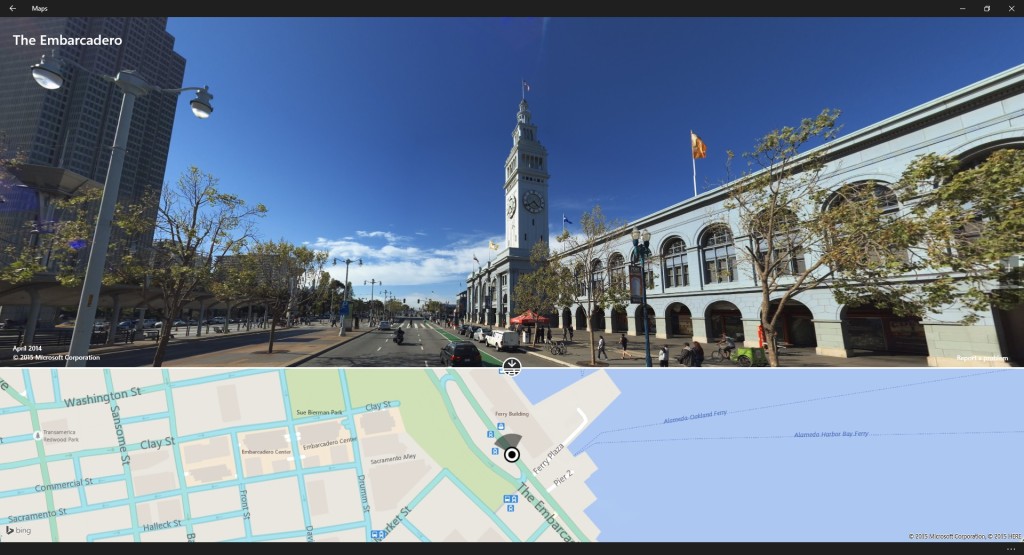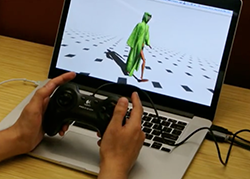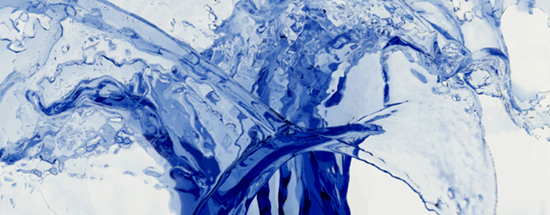Jung In Park1, Doyub Kim2, Jung-Ah Lee3,
Kai Zheng4, Alpesh Amin5
- Assistant Professor, Sue & Bill Gross School of Nursing, University of California, Irvine, CA.
- Principal Software Engineer, NVIDIA, Santa Clara, CA.
- Associate Professor, Sue & Bill Gross School of Nursing, University of California, Irvine, CA.
- Professor, Donald Bren School of Information & Computer Sciences, University of California, Irvine, CA.
- Professor, School of Medicine, University of California, Irvine, CA.
Journal of Nursing Scholarship 2021 Feb 22
Abstract
Purpose: The aim of the study was to develop and validate machine learning models to predict the personalized risk for 30-day readmission with venous thromboembolism (VTE).
Design: This study was a retrospective, observational study.
Methods: We extracted and preprocessed the structured electronic health records (EHRs) from a single academic hospital. Then we developed and evaluated three prediction models using logistic regression, the balanced random forest model, and the multilayer perceptron.
Results: The study sample included 158,804 total admissions; VTE-positive cases accounted for 2,080 admissions from among 1,695 patients (1.31%). Based on the evaluation results, the balanced random forest model outperformed the other two risk prediction models.
Conclusions: This study delivered a high-performing, validated risk prediction tool using machine learning and EHRs to identify patients at high risk for VTE after discharge.
Clinical relevance: The risk prediction model developed in this study can potentially guide treatment decisions for discharged patients for better patient outcomes.
Keywords: 30-day readmission; Risk Prediction Model; electronic health records; machine learning; venous thromboembolism.











